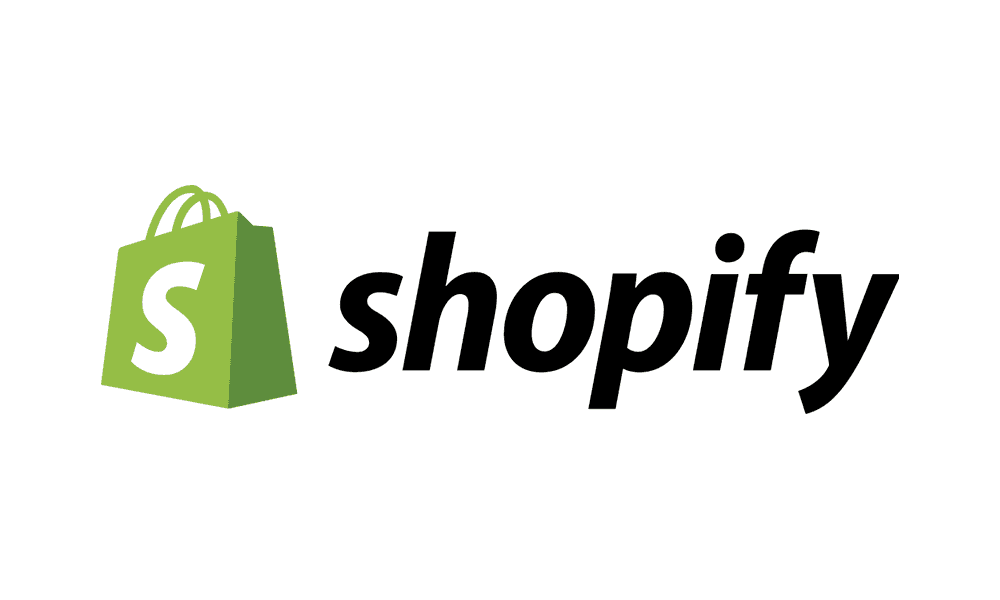Launching an online store begins with selecting the right platform. The platform you choose will shape your store’s design, functionality, scalability, and overall user experience. With so many options available, it’s essential to understand what each platform offers and how it aligns with your business needs.
In this blog, we’ll guide you through the key factors to consider and compare some of the top e-commerce platforms to help you make an informed decision.
Why Your E-commerce Platform Matters?

The e-commerce platform is the backbone of your online store. It impacts:
- User Experience: A good platform ensures smooth navigation, fast loading times, and an intuitive checkout process.
- Scalability: As your business grows, your platform should accommodate increased traffic and sales.
- Cost: Some platforms are budget-friendly, while others come with higher upfront and ongoing costs.
- Customization: The level of design and functionality flexibility varies across platforms.
Choosing the wrong platform can lead to unnecessary costs, frustrated customers, and limited growth potential. For a deeper dive into how leading e-commerce sites handle these factors, check out our Top 10 E-commerce Sites, where we explore successful online businesses and their platform choices.
Factors to Consider When Choosing a Platform
Here are the key elements to evaluate before committing to a platform:
1. Ease of Use
- If you’re new to e-commerce, look for a platform with a user-friendly interface and minimal learning curve.
- Platforms like Shopify and Wix are known for their beginner-friendly drag-and-drop builders.
If you’re looking for a more tailored solution, consider working with a premium website development agency for a customized e-commerce platform setup.
2. Customization Options
- How much control do you need over your website’s design and features?
- Platforms like WooCommerce offer high customizability, while others like Squarespace are more limited but easier to manage.
3. Scalability
- Will the platform grow with your business?
- Ensure the platform supports upgrades for more products, traffic, and integrations.
4. Payment Gateway Integration
- Check if the platform integrates with popular payment gateways like PayPal, Stripe, or Square.
- Look out for transaction fees, which can vary significantly.
5. SEO and Marketing Tools
- The platform should include features like customizable URLs, meta tags, and blogging capabilities to help improve your search engine rankings.
- Built-in marketing tools like email campaigns or discount code generators are a plus.
6. Cost
- Understand both the initial and recurring costs.
- Budget for hosting, domain registration, add-ons, and transaction fees.
You can read more about how much it costs to start an online business in our detailed breakdown.
7. Support
- Reliable customer support can save you time and frustration when technical issues arise.
- Look for platforms offering 24/7 support via chat, email, or phone.
Top E-commerce Platforms Compared
Here’s a comparison of some of the most popular e-commerce platforms:
1. Shopify

- Best For: Beginners and small-to-medium businesses.
- Key Features:
- Easy-to-use interface.
- Over 70 themes.
- Integration with 100+ payment gateways.
- Pricing: Starts at $29/month.
2. WooCommerce

- Best For: Businesses needing high customizability.
- Key Features:
- Open-source plugin for WordPress.
- Extensive library of plugins and extensions.
- Pricing: Free, but requires hosting (starting at $5/month) and other add-ons.
3. Wix eCommerce

- Best For: Small businesses and creative entrepreneurs.
- Key Features:
- Drag-and-drop design.
- Built-in SEO tools.
- Pricing: Starts at $27/month.
4. BigCommerce
- Best For: Fast-growing businesses and enterprises.
- Key Features:
- Supports unlimited products.
- Advanced SEO features.
- Pricing: Starts at $29.95/month.
5. Squarespace

- Best For: Creative businesses and portfolio-style stores.
- Key Features:
-
- Stunning templates.
- Basic e-commerce functionalities.
- Pricing: Starts at $23/month.
Pros and Cons of Popular Platforms
| Platform | Pros | Cons |
| Shopify | Easy setup, great templates | Monthly fees, transaction fees |
| WooCommerce | Highly customizable, low initial cost | Requires technical knowledge |
| Wix | User-friendly, affordable | Limited scalability for large stores |
| BigCommerce | Advanced features, no transaction fees | Higher learning curve |
| Squarespace | Beautiful designs, easy-to-use | Limited payment options, fewer features |
Steps to Choose the Right Platform
1. Define Your Needs: How many products will you sell? What features are must-haves (e.g., multi-currency support, blogging tools)?
If you’re just starting out, check out our guide on how to start an online store for step-by-step advice.
2. Set a Budget: Include platform fees, hosting, and add-ons in your budget.
3. Test Platforms: Most platforms offer free trials or demos. Use them to explore the interface and features.
4. Read Reviews: Check user reviews and case studies to understand the platform’s strengths and weaknesses.
5. Consider Future Growth: Choose a platform that can scale as your business grows.
Conclusion
Choosing the right e-commerce platform is a critical step in building a successful online store. By evaluating your needs, testing different platforms, and considering factors like cost, scalability, and customization, you can find the perfect fit for your business.
Remember, the best platform is the one that aligns with your goals and simplifies the path to online success.
Ready to take the next step? Start exploring platforms today and turn your online store vision into reality! For more information, visit Reliqus Consulting and get in touch with us for a personalized consultation.
